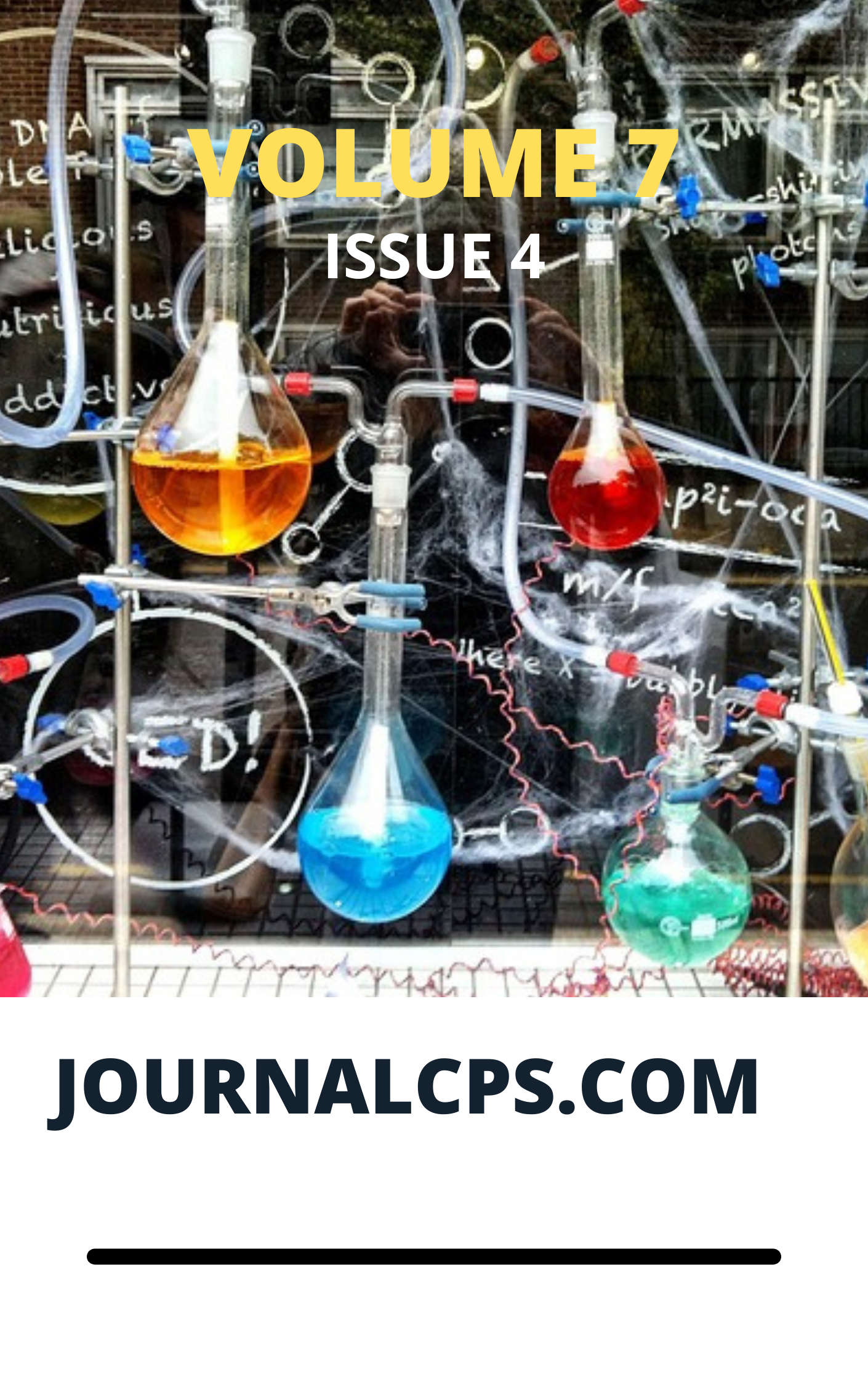Equilibrium and Kinetics Studies of the Adsorption of Basic Dyes onto PVOH Facilely Intercalated Kaolinite - A Comparative Study of Adsorption Efficiency
Keywords:
Intercalation, polyvinyl alcohol, kaolinite, Basic dyes, adsorption equilibriumAbstract
Chigbundu C. Emmanuel* and Adebowale O. Kayode
Most basic dyes are known for their toxic impact on the environment, especially in the aquatic ecosystem. . Unfortunately, consistent discharge of dye containing wastes into most water bodies has generated serious challenges, which can only be solved through consistent research approaches. his study is designed to compare the adsorption capacities of purified (PRK) and polyvinyl alcohol (PVOH) intercalated raw kaolinite (PIK) for the adsorption of some basic dyes from an aqueous solution. Scanning electron microscope (SEM) with energy dispersive X-ray (EDX), Fourier-transform infrared (FTIR) Spectroscopy and X-ray diffractometer (XRD) were used to verify changes in morphology, surface functional groups and crystal lattice sequence adjustment in PIK adsorbent. Cation Exchange Capacity (CEC) and Point of Zero Charge (PZC) of both adsorbents were determined by methylene blue adsorption and salt addition technique, respectively. The adsorption characteristics of both adsorbents were investigated under various conditions such as varying adsorbent dosages, period of contact, temperature and pH. Thermodynamic parameters were used to evaluate the effect of temperature on the adsorption process, while non-linear regressions were used to fit the experimental data to various adsorption and kinetic models. UV-visible spectrometer was used to determine the absorbance of dyes left in the solution un-adsorbed throughout the experimental study. The morphology of PIK revealed a compacted structure with pores, while the crystal lattice adjustment of PIK showed basal plane contraction to 4.06Å when compared with PRK respectively. Surface functionality study revealed several peaks such as CH3 and CH2 assigned to 2893 and 2990 cm-1 respectively on PIK but absent on the FTIR graph of PRK. The adsorption isotherm model showed that PIK was twice efficient for the uptake of BR2 and BG5 compared to PRK. The Elovich model equation suitably described the adsorption kinetics while the thermodynamic parameters revealed that the adsorption was spontaneous and endothermic. In comparison to other desorption agents, acetic acid was found to be a good desorption agent.
Downloads
Published
Issue
Section
Similar Articles
- E. D. Paul, Casmir Emmanuel Gimba, ATR-FTIR Quantitation of Isopropyl Alcohol (IPA) and Ethanol in Some Covid-19 Targeted Hand Sanitizers in Nigeria , Communication In Physical Sciences: Vol. 7 No. 1 (2021): VOLUME 7 ISSUE 1
- A. O. Aliyu, F. E. Awe, M. D. Faruruwa, T. E. Abawua, Synthesis of Some Schiff Bases and Investigation of their Corrosion Inhibition Efficiencies for Aluminum in Acidic Media , Communication In Physical Sciences: Vol. 8 No. 1 (2022): VOLUME 8 ISSUE 1
- Richard Alexis Ukpe, Joint effect of halides and Ethanol Extract of Sorghum on the Inhibition of the Corrosion of Aluminum in HCl , Communication In Physical Sciences: Vol. 4 No. 2 (2019): VOLUME 4 ISSUE 2
- Nyeneime William Akpanudo, Ojeyemi Matthew Olabemiwo, Pore Parameters Analysis of Echinochloa pyramidalis leaf Dopped Silver Nanoparticles , Communication In Physical Sciences: Vol. 11 No. 4 (2024): VOLUME 11 ISSUE 4
- Nsikak S. Akpan, Comparative Study of Blends of Polyvinyl Chloride/Poly Methyl-methacrylate and Polystyrene/Poly Methyl-methacrylate using Density, Viscometry and FTIR Methods , Communication In Physical Sciences: Vol. 5 No. 3 (2020): VOLUME 5 ISSUE 3
- Richard Alexis Ukpe, The Investigation of the Corrosion Inhibition Efficiency of Aqueous extract of Vernomia Amygdalina for Mild Steel In Various Concentrations of HCl , Communication In Physical Sciences: Vol. 10 No. 1 (2023): VOLUME 10 ISSUE 1
- Augustine Odiba Aikoye, Ifiok D. Uffia, Experimental study of the removal of cobalt ion from aqueous solution using chitosan , Communication In Physical Sciences: Vol. 5 No. 4 (2020): VOLUME 5 ISSUE 4
- Richard Jewo Bebekah, Malajiya Ibrahim Alhaji Saleh, Aliyu Mohammed, Yusuf Tanko, Modulatory Effect of L-carnitine on Red Blood Cell and Indices in Testicular Ischaemic-Reperfusion in Wistar Rats , Communication In Physical Sciences: Vol. 10 No. 2 (2023): VOLUME 10 ISSUE 2
- Uwaisu Yusuf, Paul A. P. Mamza, Casimir Emmanuel Gimba, Effect of Isoberlina Wood Fillers on the Mechanical and Thermal Properties of PVC Composites , Communication In Physical Sciences: Vol. 6 No. 1 (2020): VOLUME 6 ISSUE 1
- Onen Alfred Ikpi, Emmanuel E. Etim, Abah Abraham Victor, Ogofotha Godwin Oghenekeno, Improved Photochemical Performance of Dye-Sensitized Solar Cell using Tectona grandis and Magnifera indica Dye Mix , Communication In Physical Sciences: Vol. 9 No. 2 (2023): VOLUME 9 ISSUE 2
You may also start an advanced similarity search for this article.




